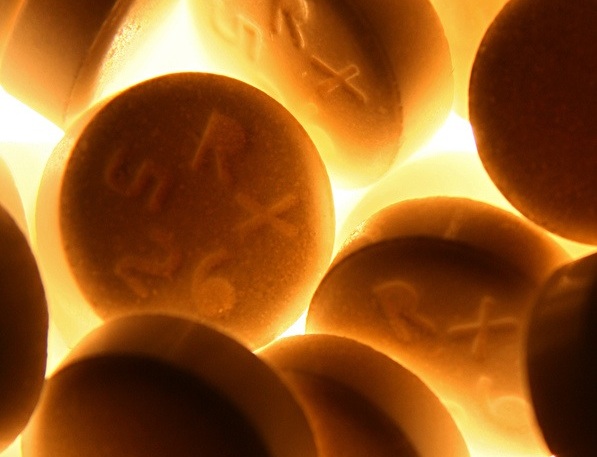By: Sarah Varney

The announcement by the Food and Drug Administration last week that sixteen California clinics and physicians were sold bogus vials of the cancer drug Avastin did not surprise regulators and researchers who study the counterfeit drug trade.
Indeed, it was after fake AIDS drugs were discovered in California that state legislators passed the "e-pedigree law" mandating that all prescription drugs carry an electronic tag. The tag could be scanned to show where the drug was first manufactured and every stop along its way to market.
Since the law passed in 2004, biotech and pharmaceutical trade groups fought to delay its implementation. They argued, successfully, that the electronic track-and-trace system would up-end global drug manufacturing.
Finally the system is going into effect, says Virginia Herold, head of the state Board of Pharmacy. But it will still be awhile. "In January 2015, 50 percent of a manufacturer’s products that will be sold into California have to have this unique serialized number of each container," she says.